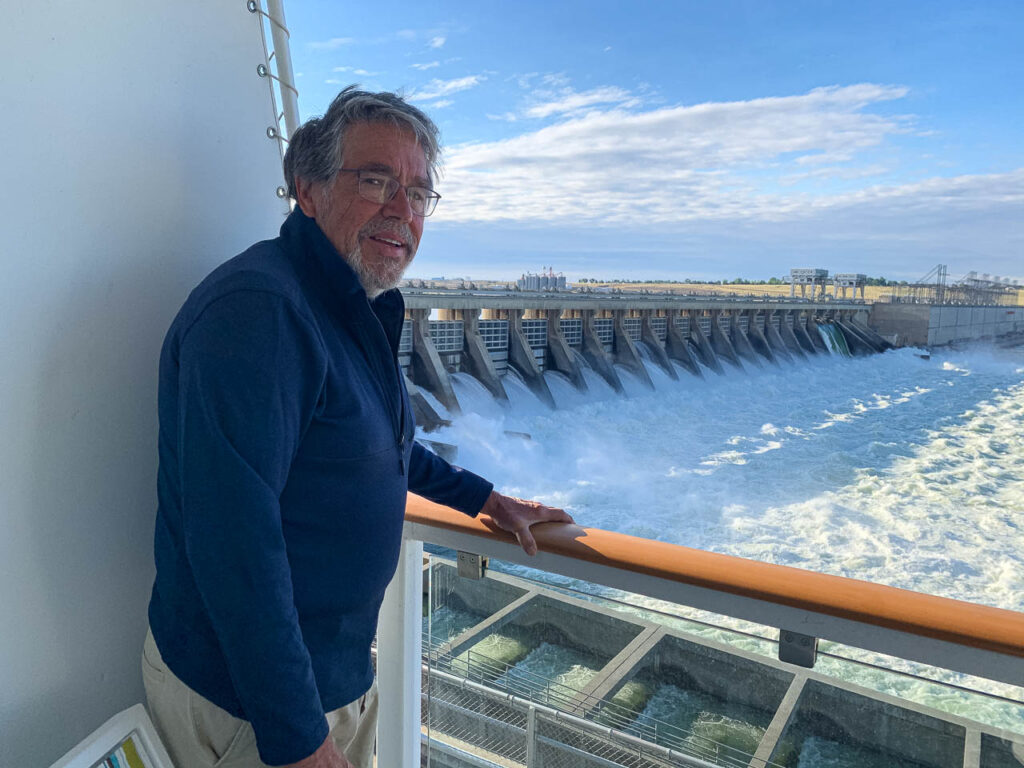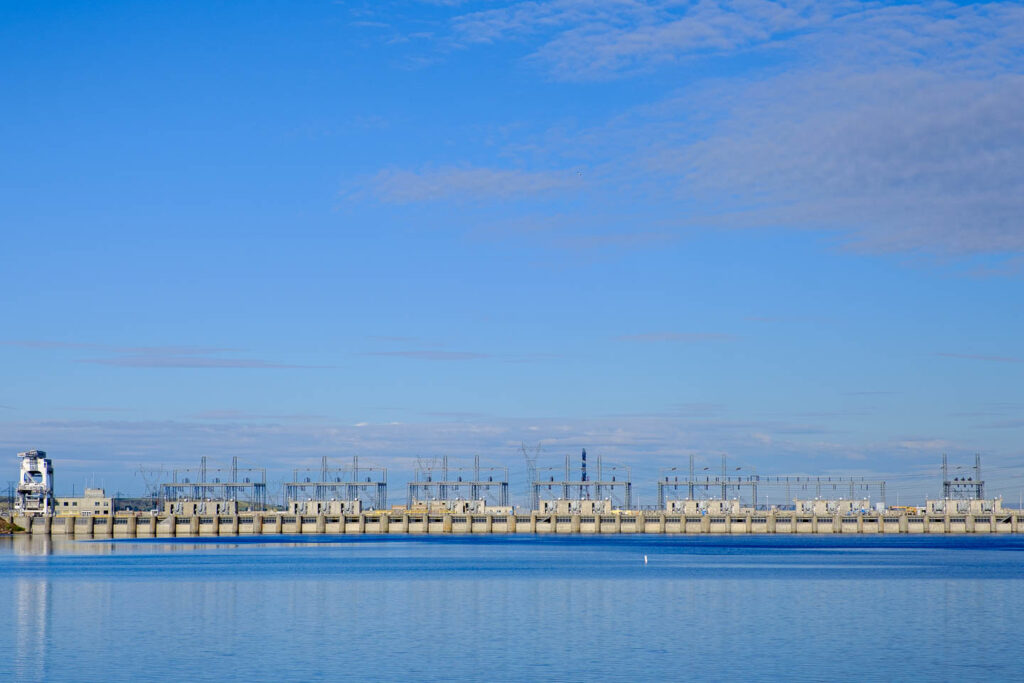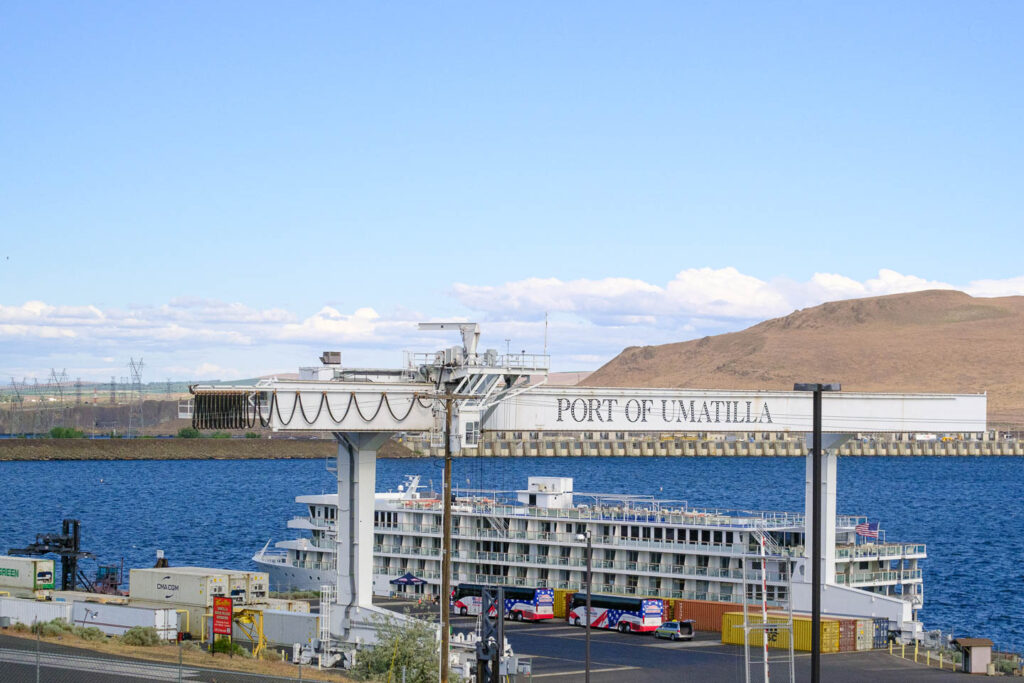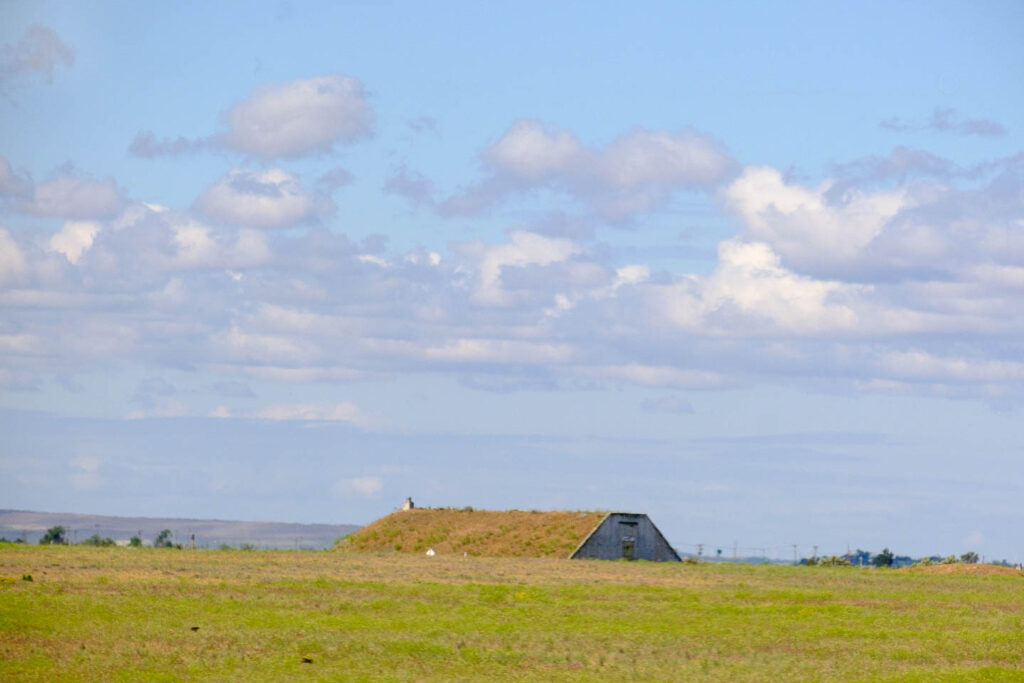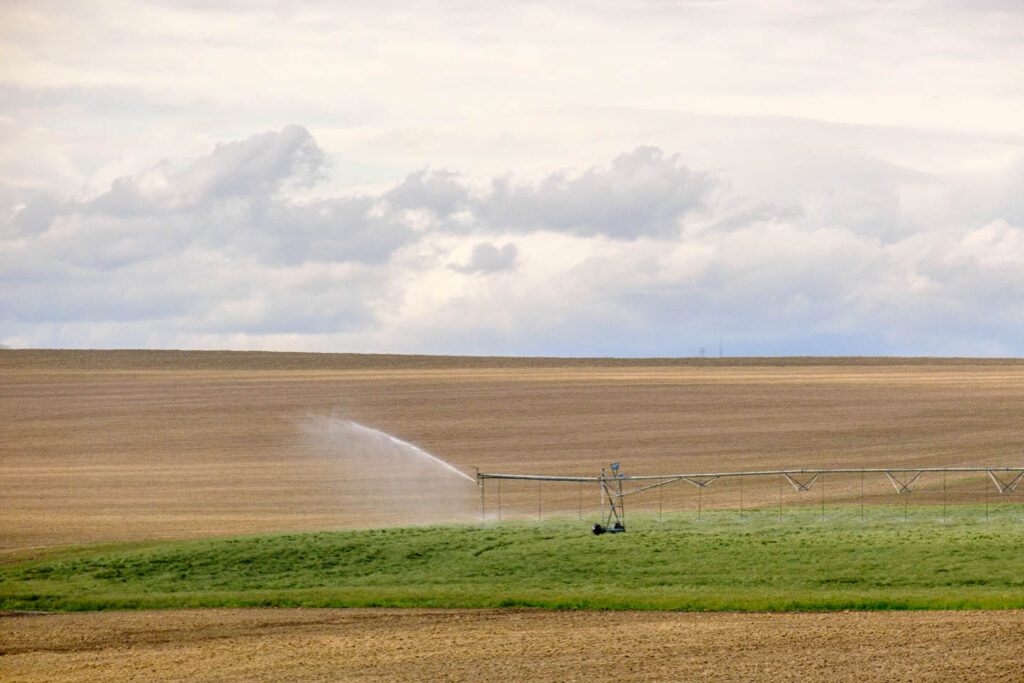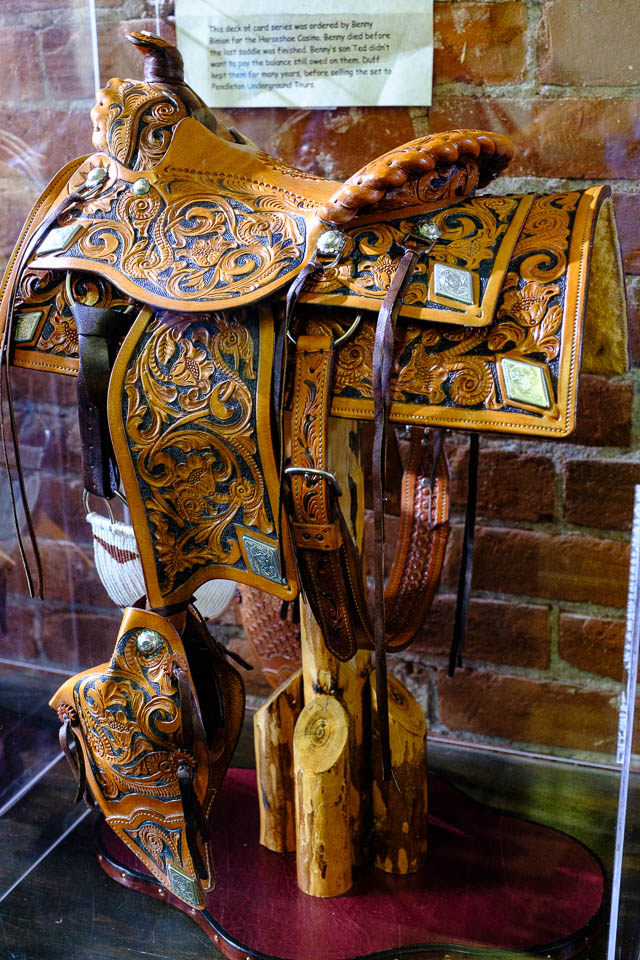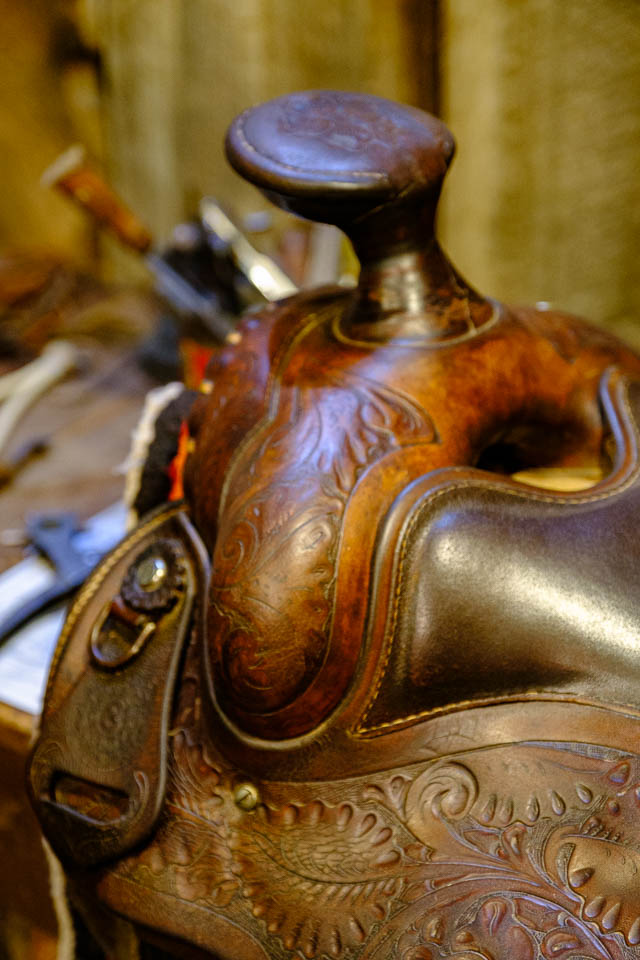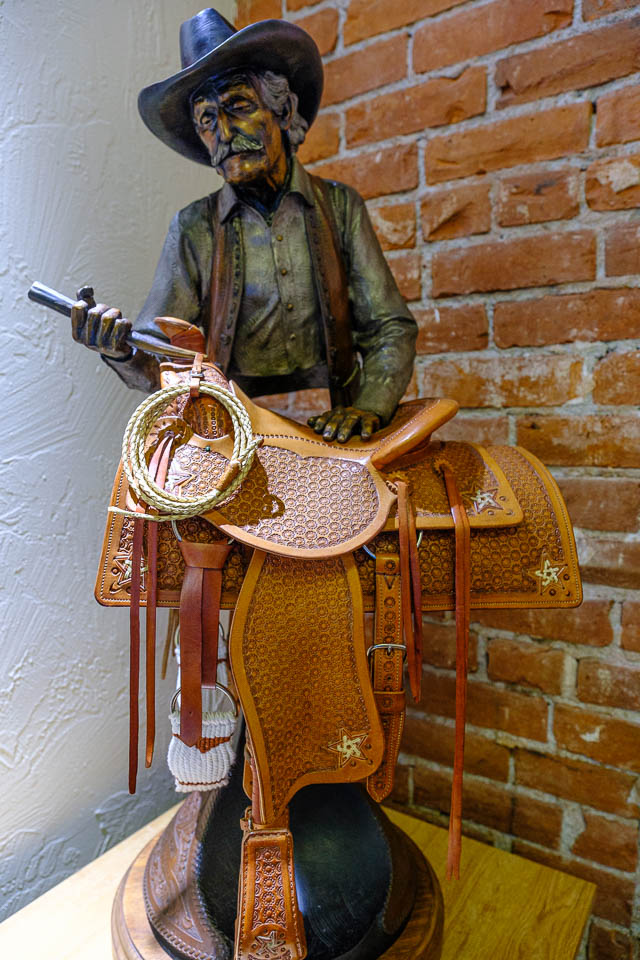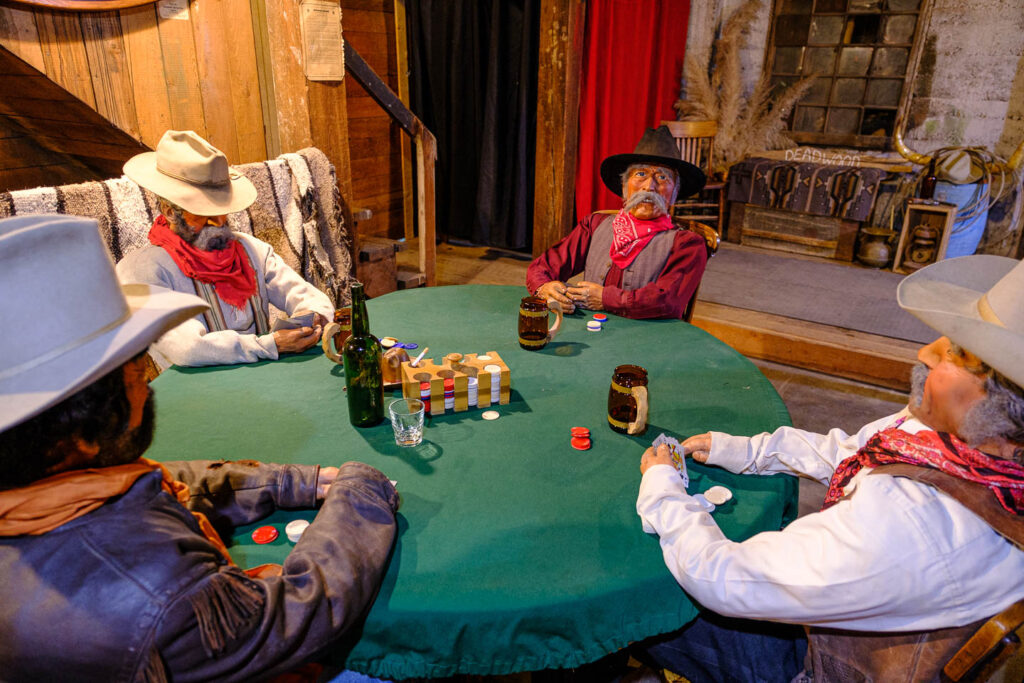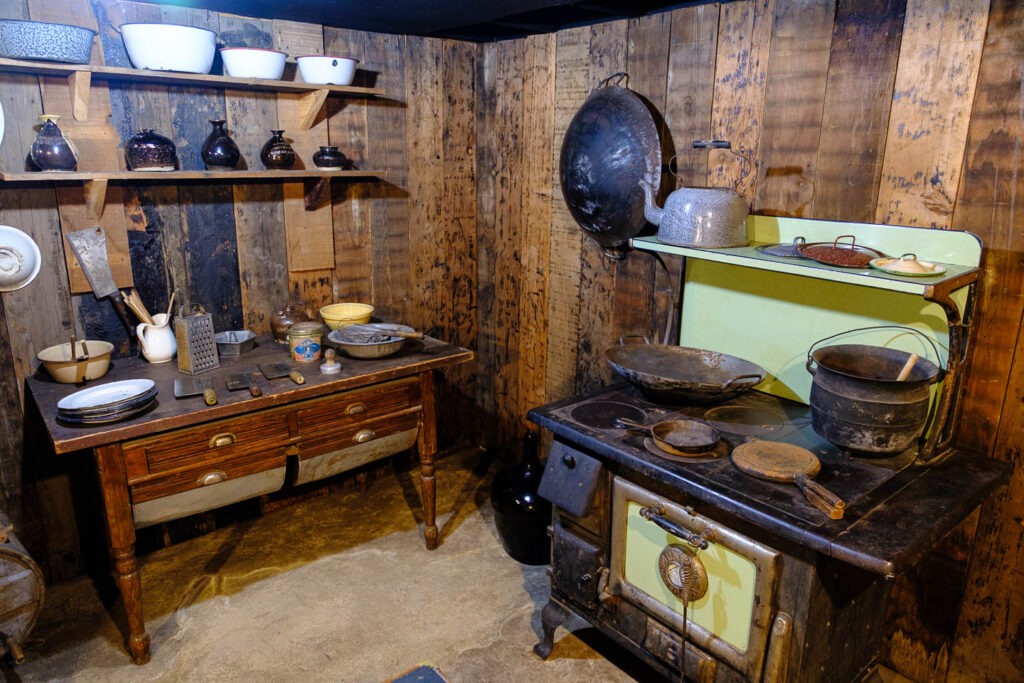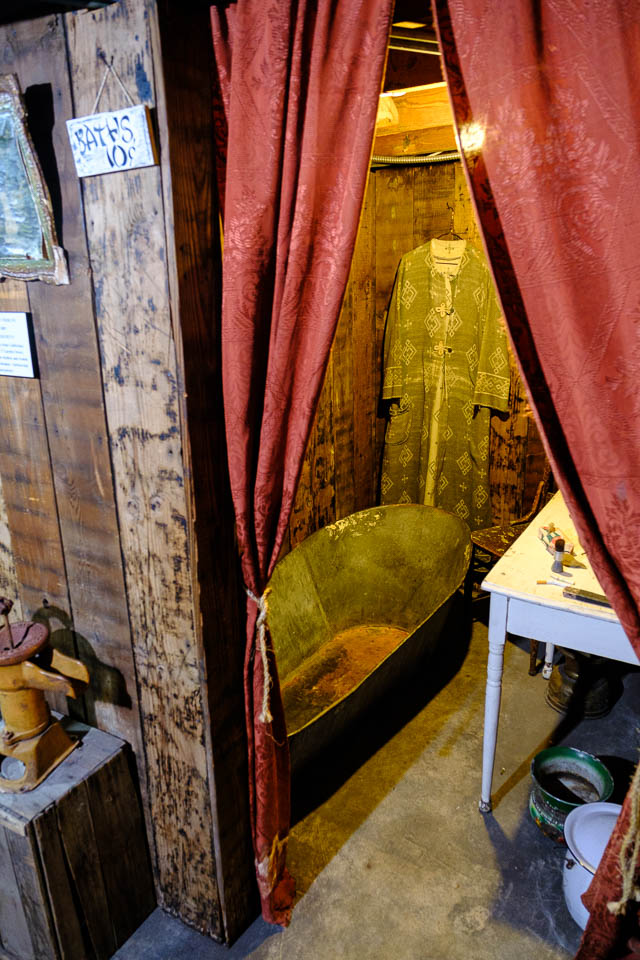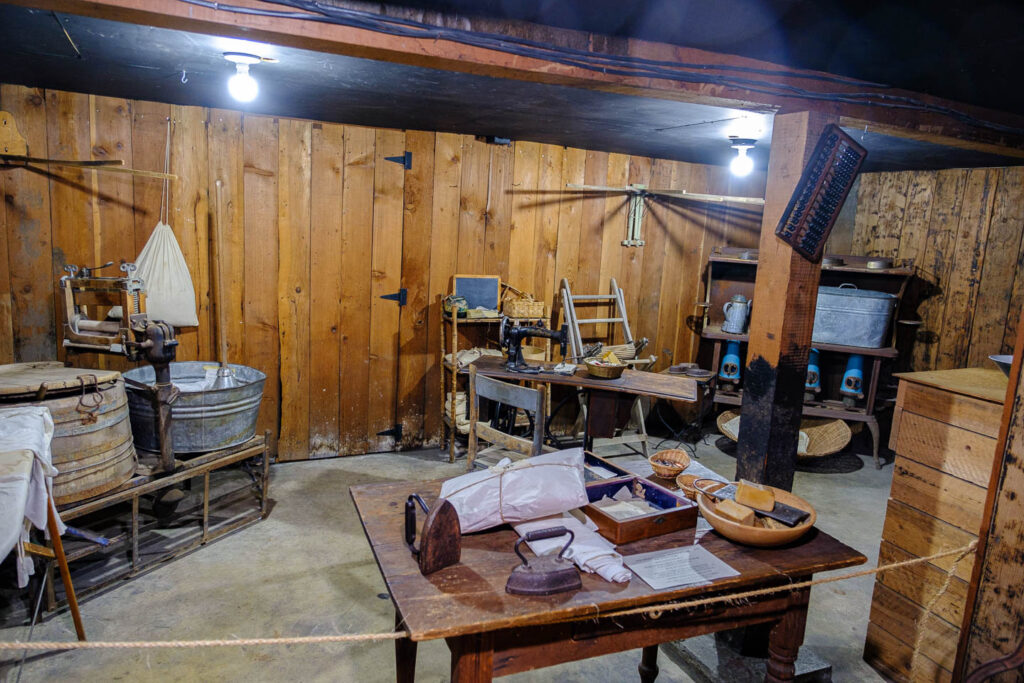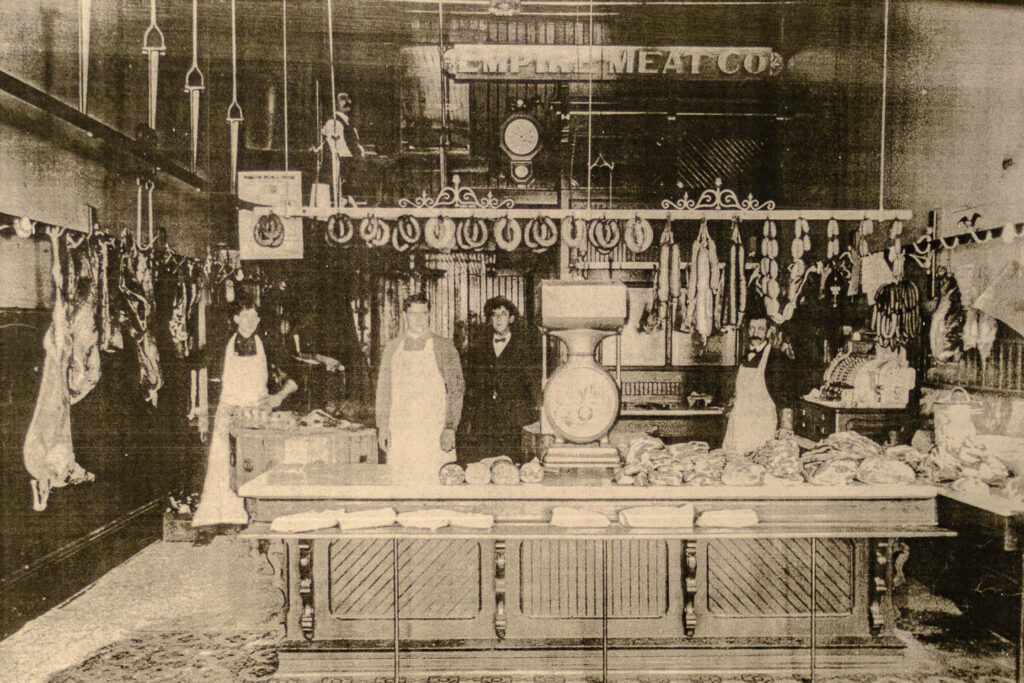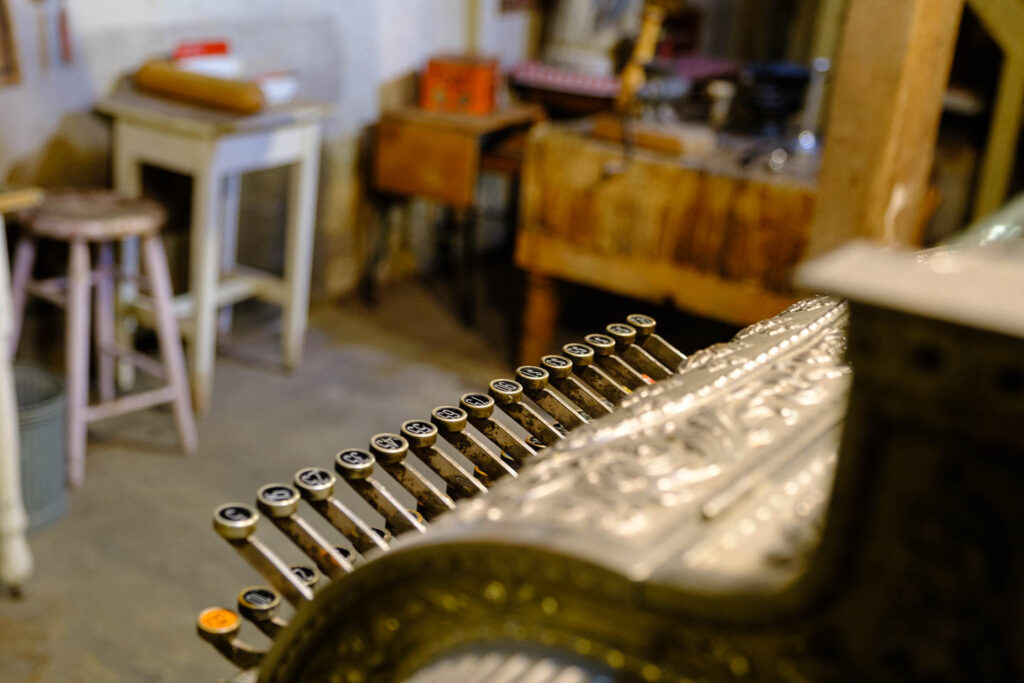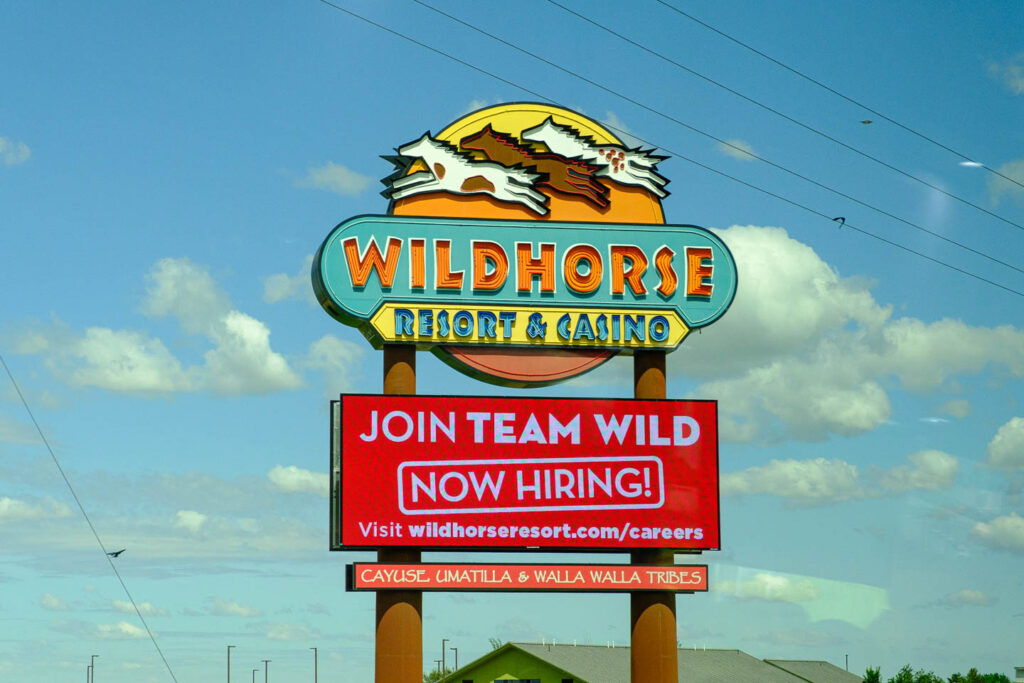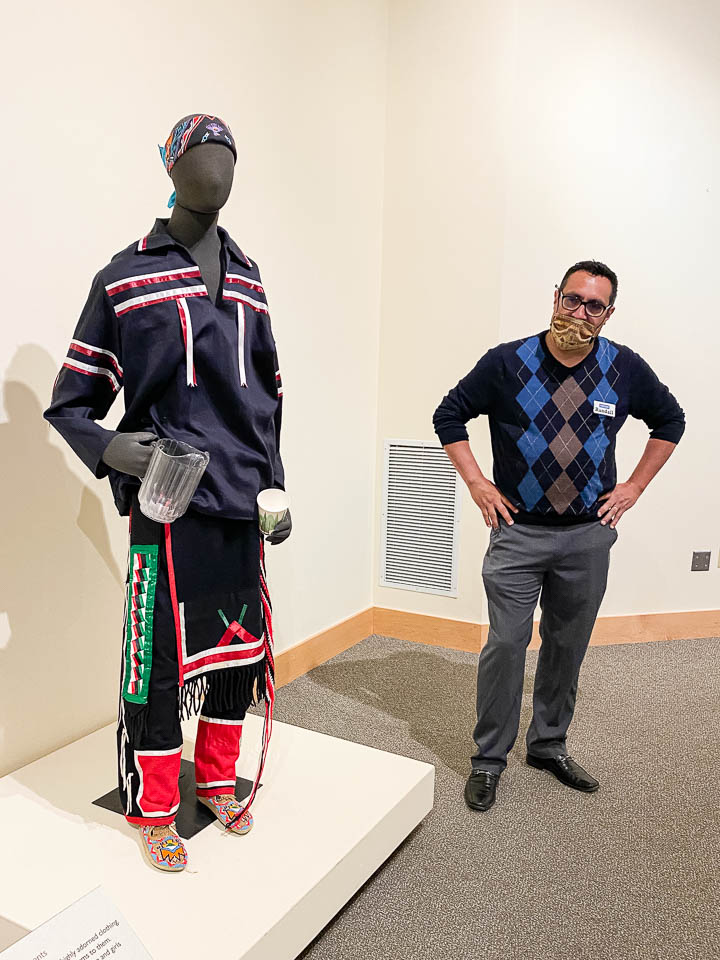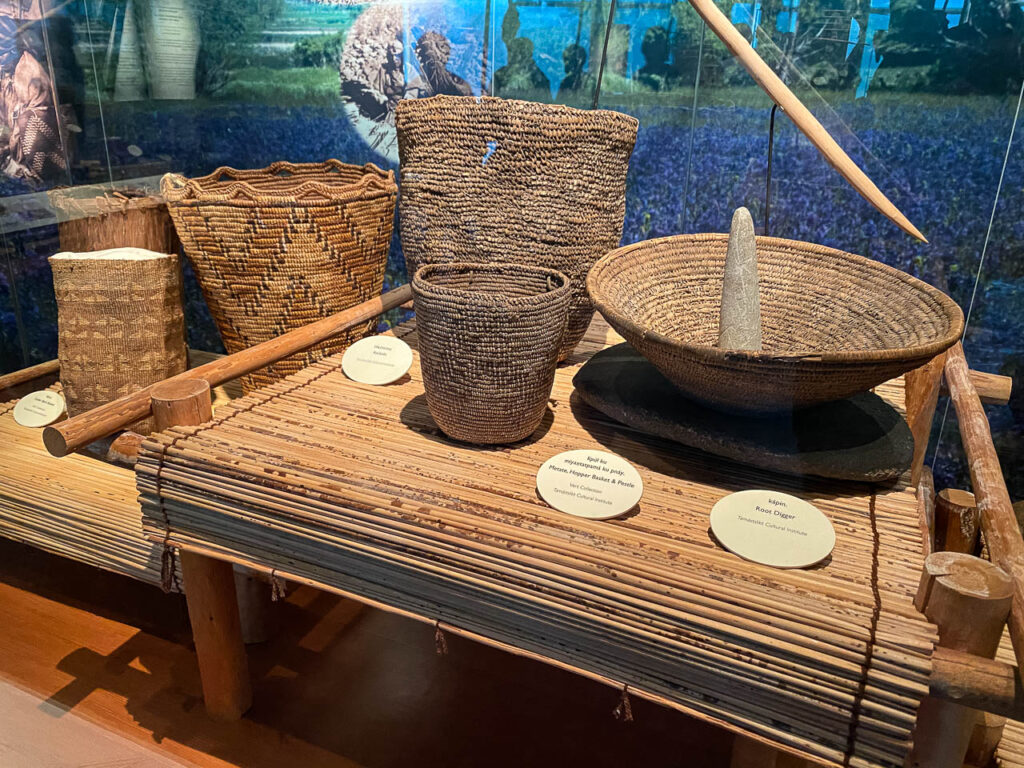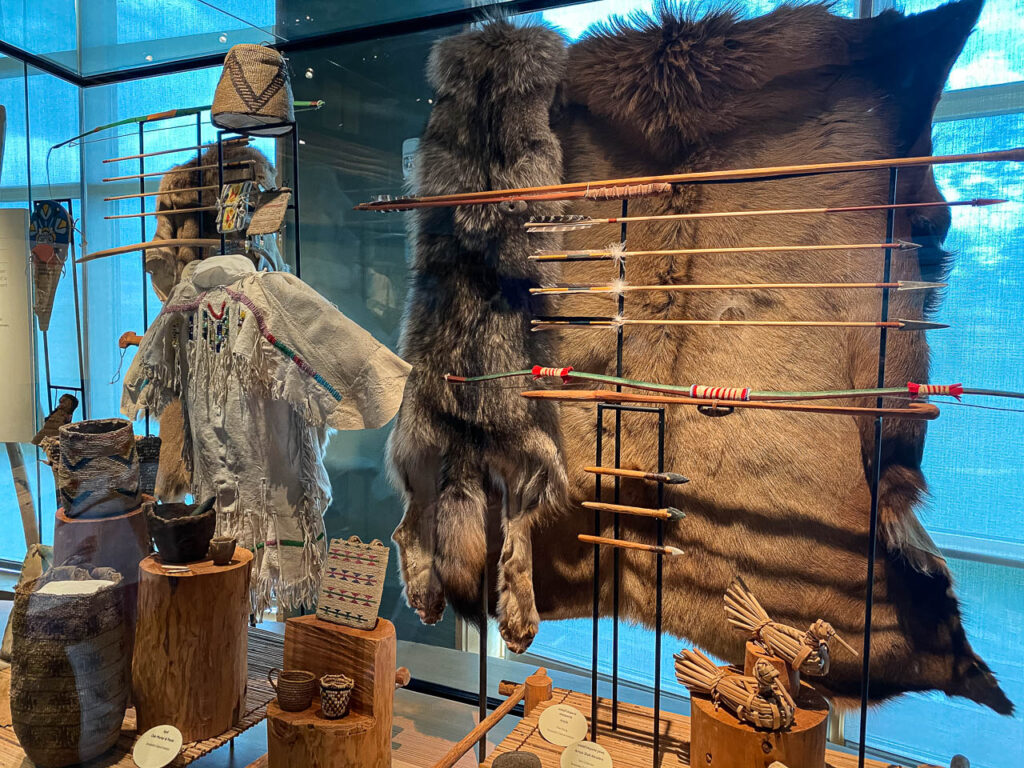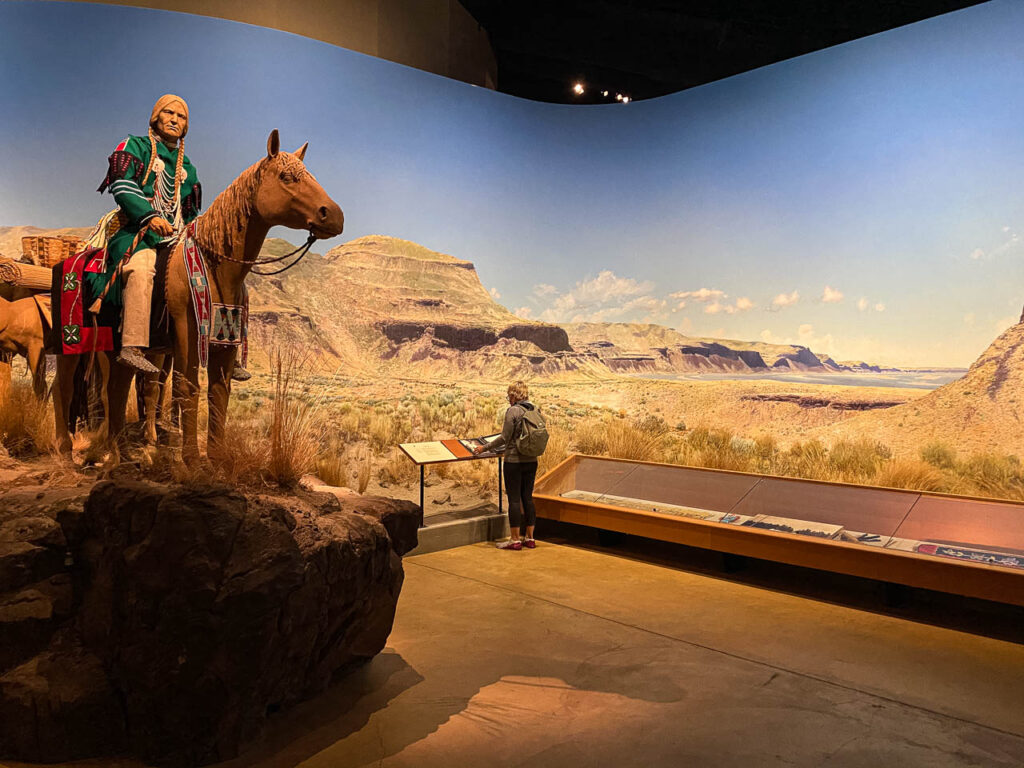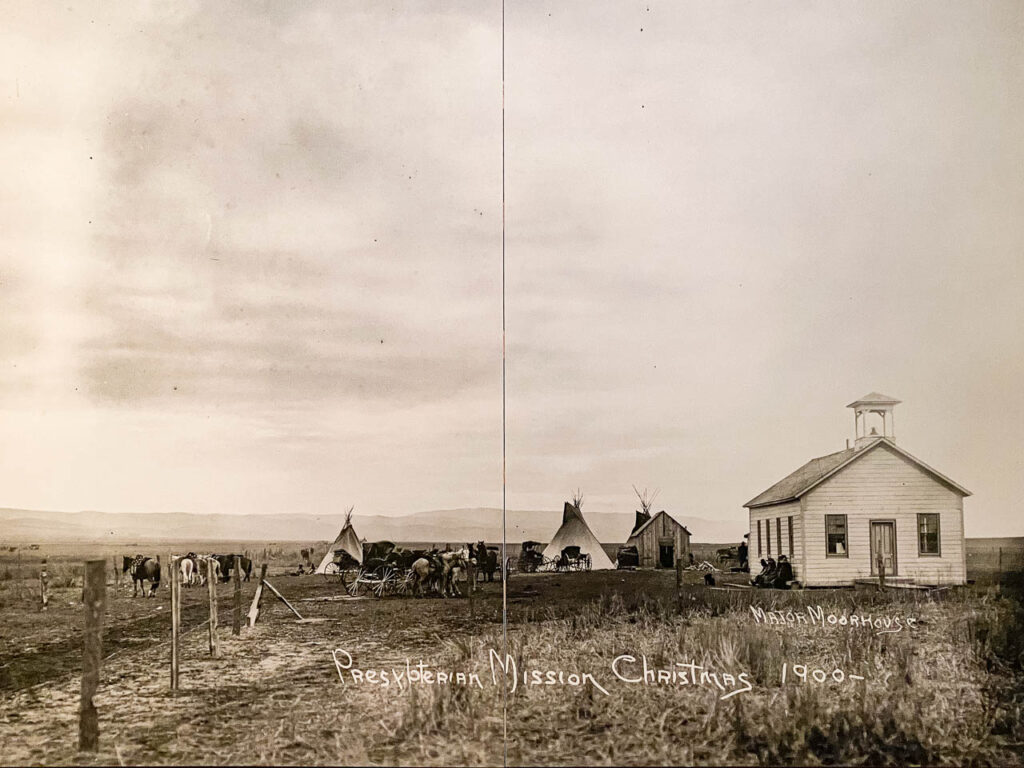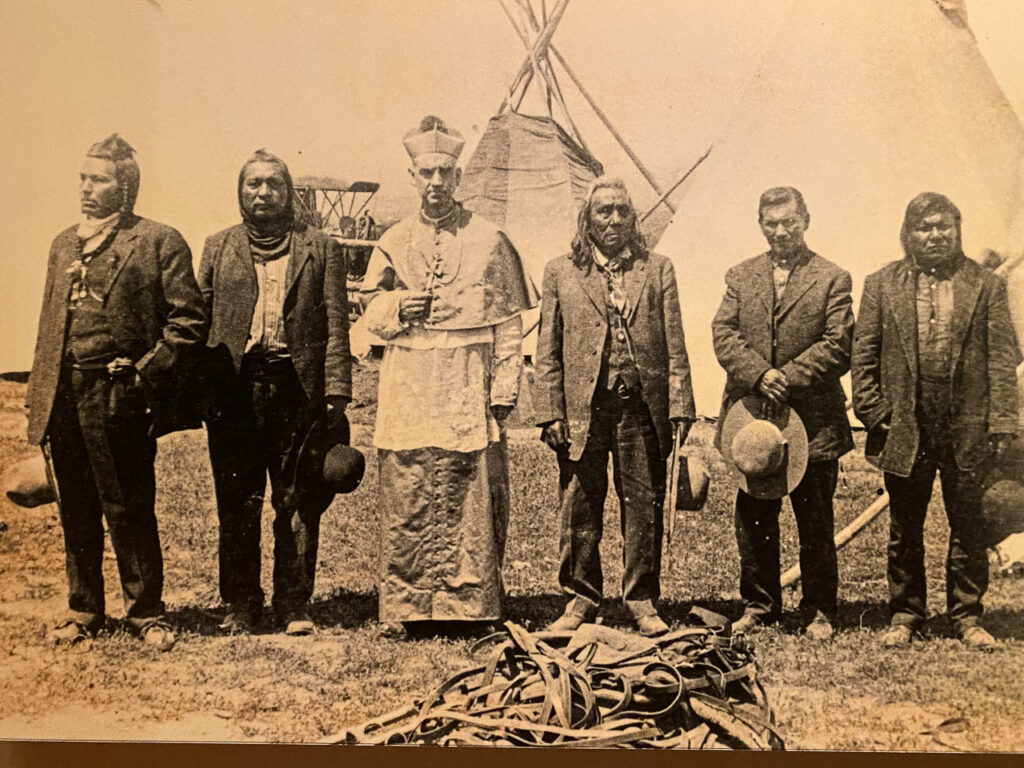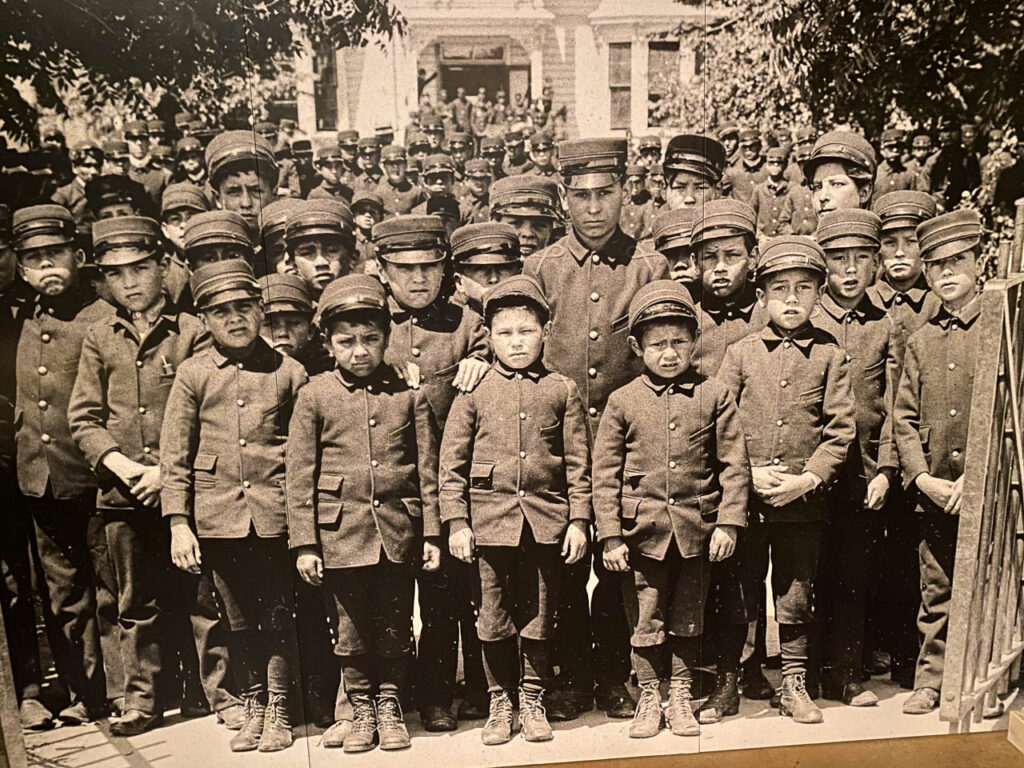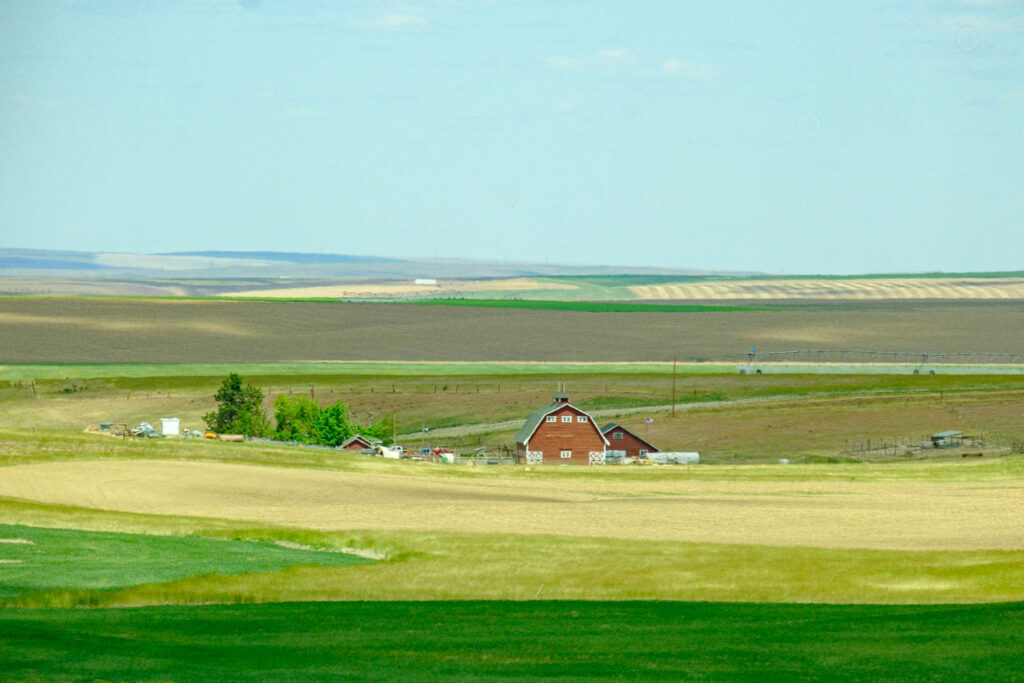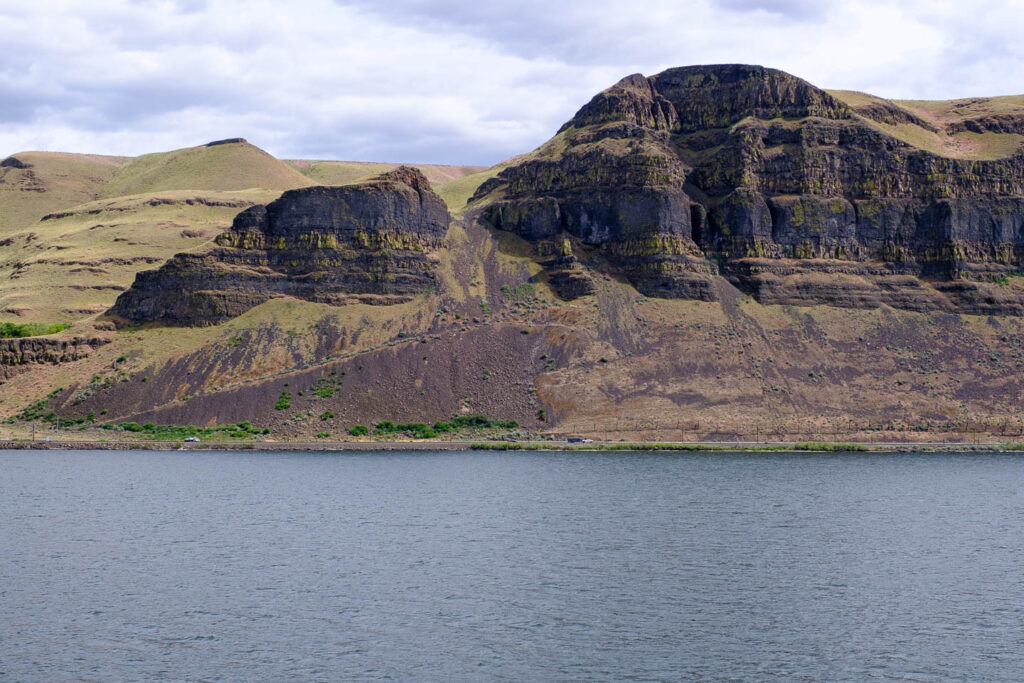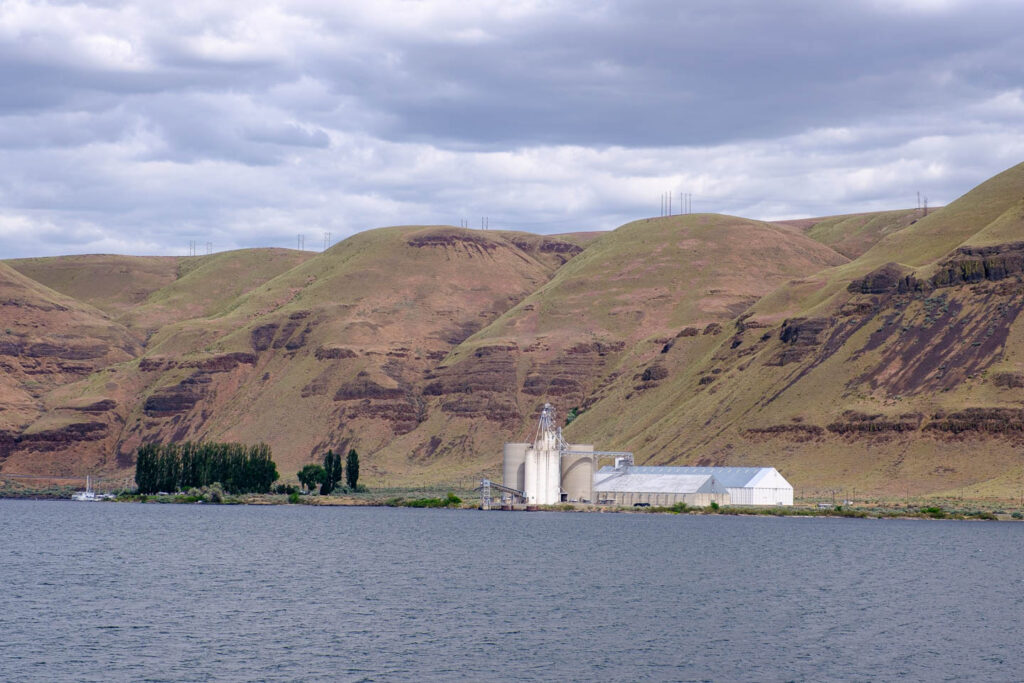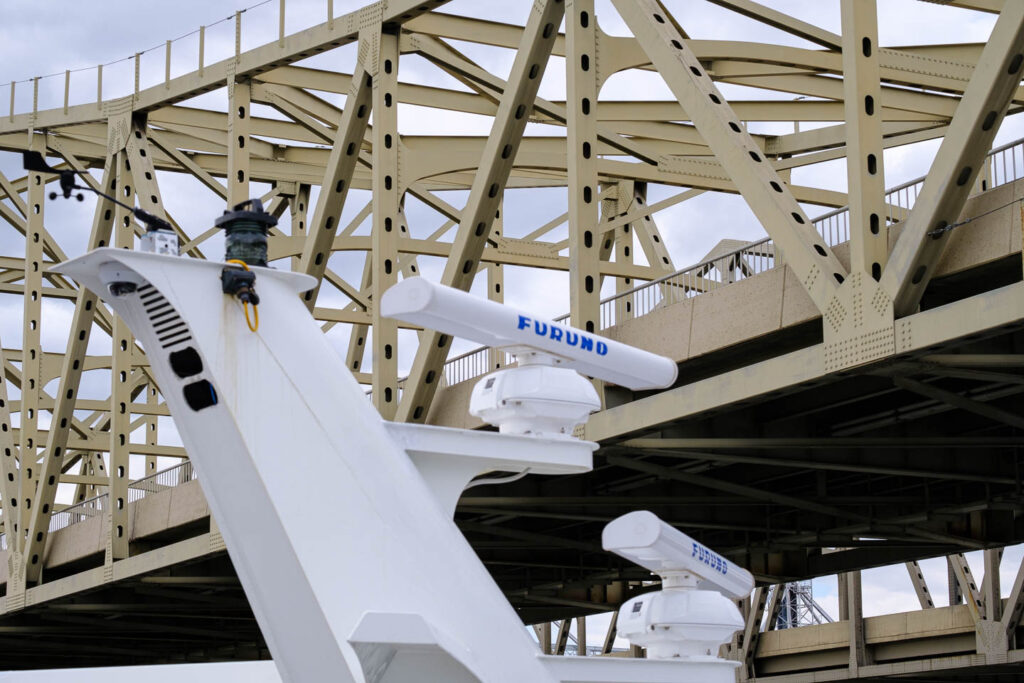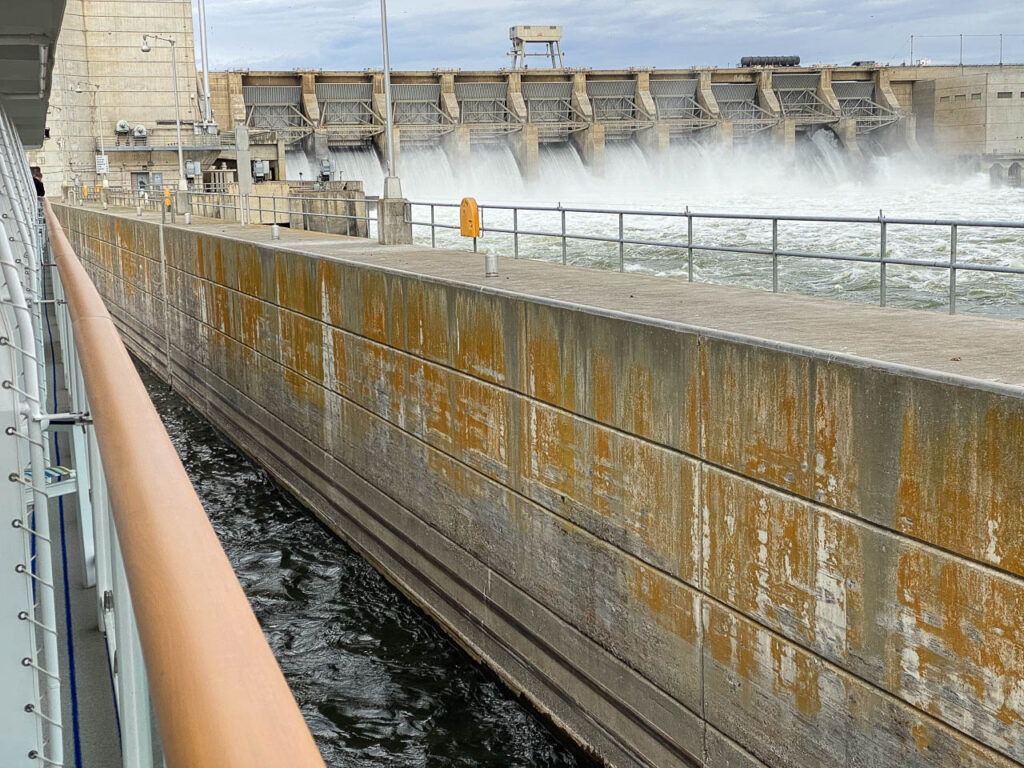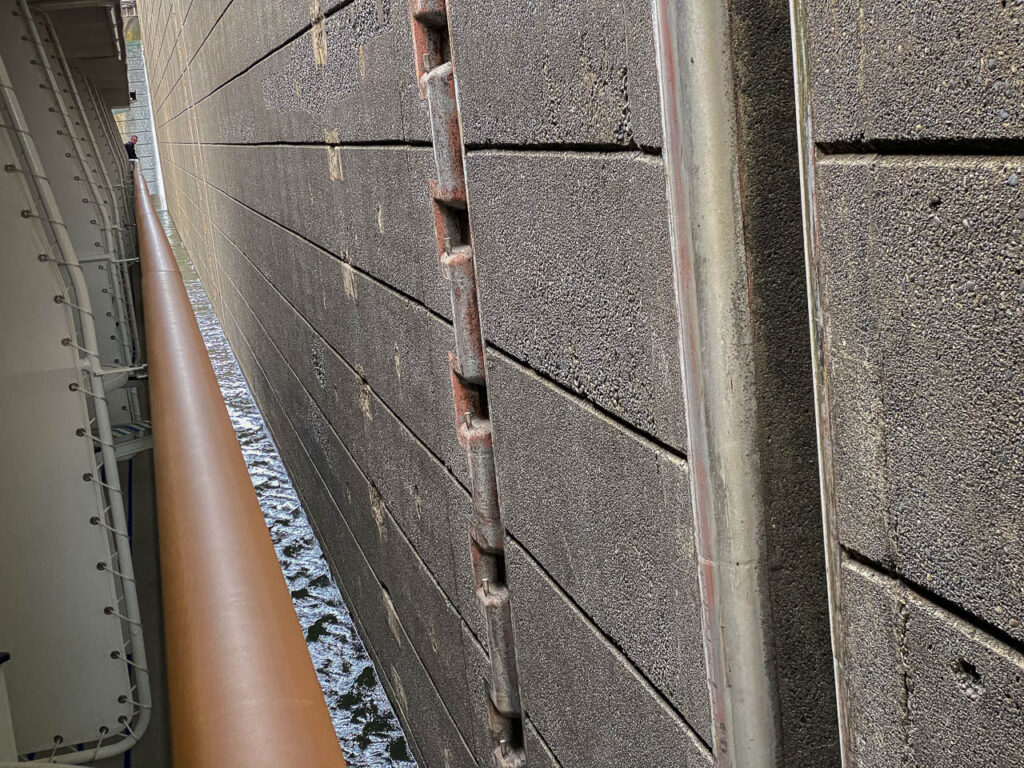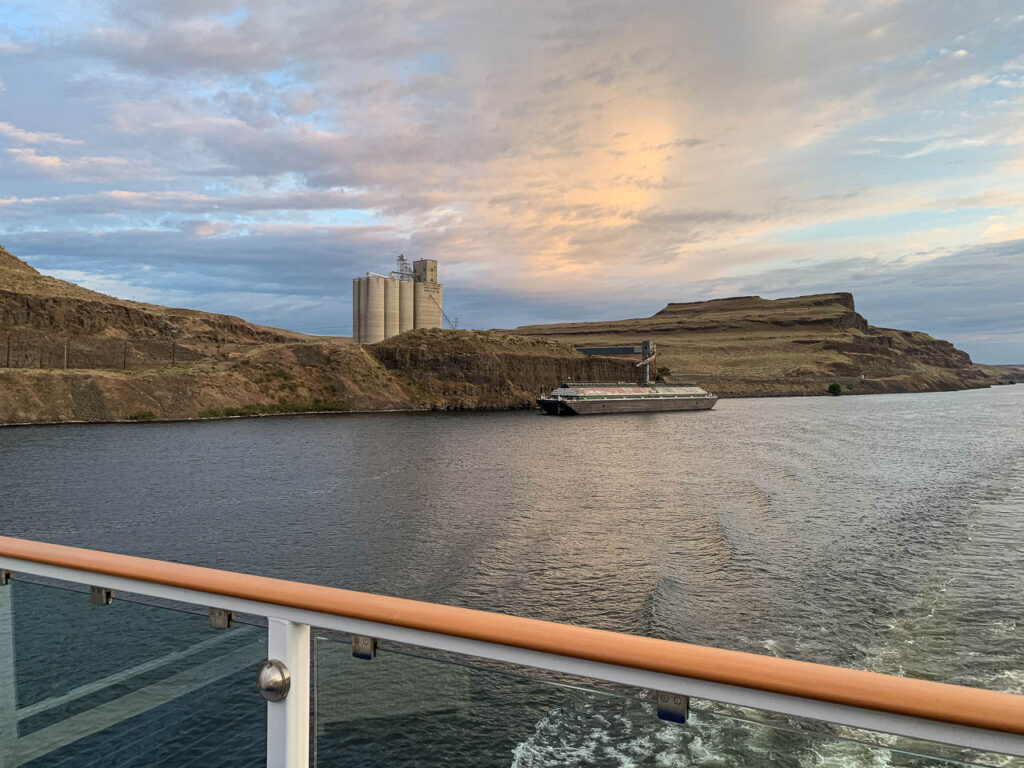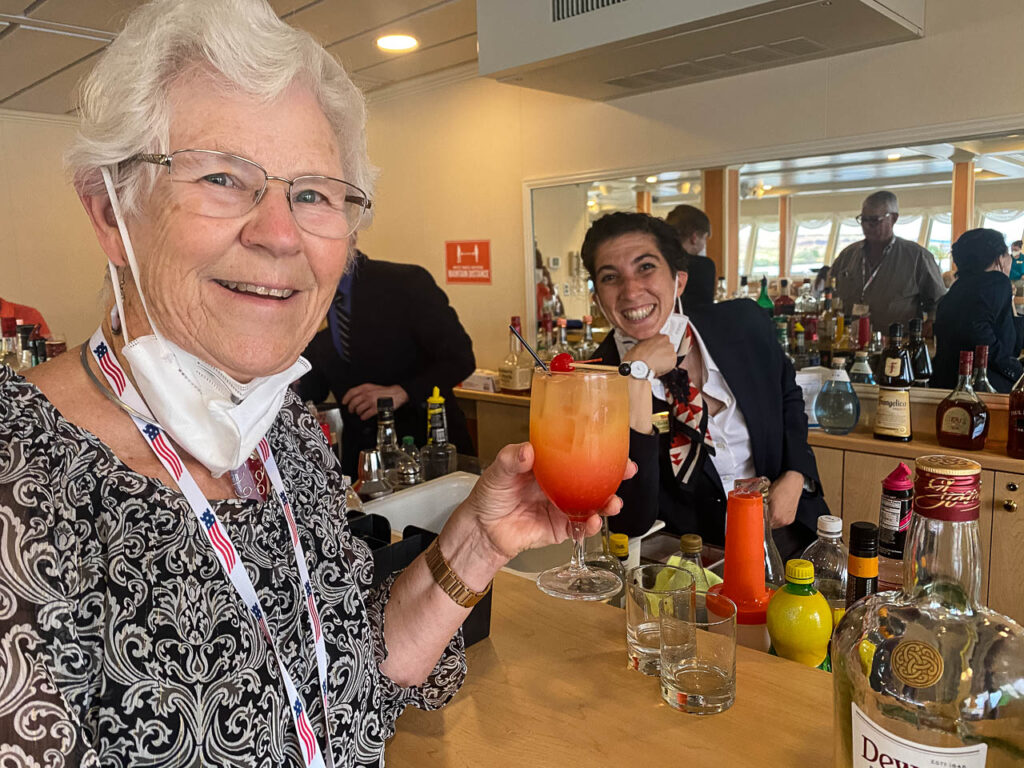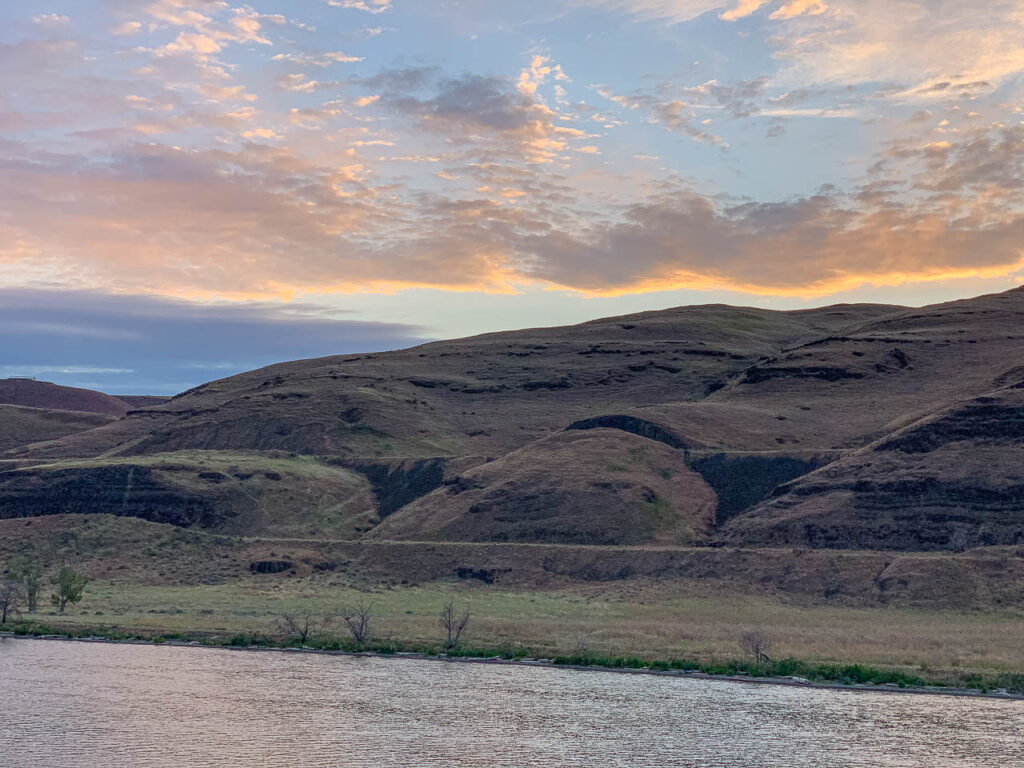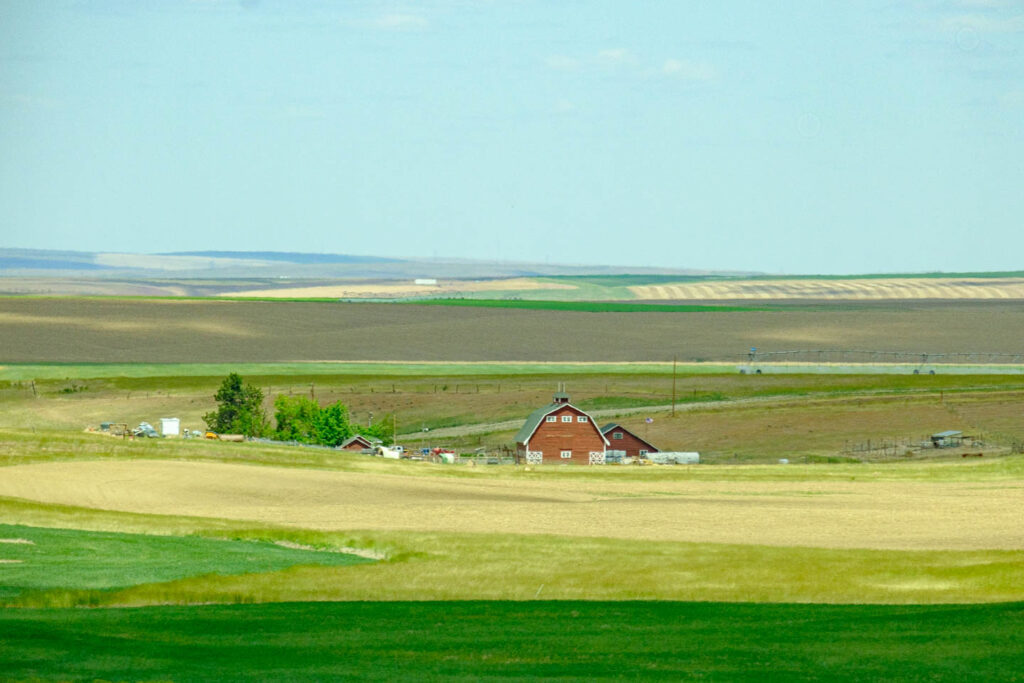A two-fer bus tour today visiting sites dedicated to the history of Pendleton and Umatilla County.
Pendleton is the county seat of Umatilla County, one of the leading producers of grain, vegetables and cattle in Oregon. We’re in farm and ranch country here in eastern Oregon. The terrain on our 45-minute ride to Pendleton was dominated by gently rolling fields in various stages of planting and growth. Many were equipped with irrigation systems. Pendleton seems to be proud of its cowboy culture, something I didn’t sense so strongly yesterday in Hood River.
We first toured Pendleton Underground, a city beneath the streets of downtown Pendleton. Back in the 1880s and 1890s there were significant Chinese populations in Pendleton and elsewhere (e.g., Portland). The transcontinental railroad had been completed so the need for Chinese laborers was reduced. Discrimination against Chinese people was rampant. In Pendleton, “sunset laws” prohibited Chinese from being on the streets after sundown. Our guide told the story of a Chinese man shot and killed in Pendleton after sundown; the murderer was fined $5 for discharging his gun within city limits but was not charged for the murder.
Chinese people dug underground tunnels and rooms beneath the streets so they could move with less risk. They opened laundries and opium dens. Later on, when cowboys became common in town, the underground network hosted drinking establishments and brothels. Underground establishments became speakeasies during Prohibition. Eventually, Pendleton became an “open city” with something like 87 saloons and 45 brothels. The last brothel was closed in 1955 or so. The tunnels were boarded over and not rediscovered until potholes developed in 1980, leading to the opening of Underground Pendleton as a tourist attraction. It’s a side of history the Discovery/Interpretive centers tend to gloss over.
Our second stop was at the Tamastsikt Cultural Institute just outside Pendleton. It’s on the Confederated Tribes of the Umatilla Indian Reservation, which is home to three tribes: the Umatilla, Cayuse, and Walla Walla tribes. A treaty negotiated in 1855 gave the three tribes their own reservation rather than having them sent to two other reservations established as part of the treaty. The three tribes agreed to confederate in return.
This museum was a nice change of pace after the Columbia Gorge Interpretive and Discovery Centers of the past two days. They gave a history that was perhaps 10% natural history, 10% Native history and 80% White history. Tamastsikt told the historical story from the viewpoint of the tribes, with 70% Indian history and 30% White.
Our guide spoke of the difference of interpretation between Indians and Whites over the Whitman Massacre in 1847 in which 14 Whites were killed by Cayuse Indians. The Whites launched the Cayuse Wars in retaliation, which led to the treaty of 1855 and the reservation. From the Indian perspective, Whites, especially missionaries such as the Whitmans, had caused the death of half of the native population due to measles and other diseases. The Whitmans, in treating the disease – acting in effect as shamans – caused, in the Cayuse’s view, the death of the patients. Thus, the attack was, by tribal custom, justified.
This reservation has been comparatively successful in building a viable economy for the tribes. There are about 3,000 members, 1,500 of whom live on the reservation. Located at an exit on Interstate 84, they operate, as do many reservations, a gaming resort. They have had success, however, in developing a number of other businesses, from a golf course, to McDonalds and Subway franchises to a business park and soon a financial services and banking operation.
Preservation of the language is a challenge. The three tribes have three languages, somewhat interrelated, but the number of native speakers has dwindled to five or six. There are school programs, including an emersion program for preschoolers, but it’s an uphill struggle.
We returned to the ship around 1:30 after a box lunch on the bus. Bill gave a history lecture on John Jacob Astor’s fur business at Astoria, Oregon – a total failure. Somehow Astor ended up with wealth equivalent to Jeff Bezos and the pre-divorce Bill Gates.
We’ve just left the Columbia and are cruising up the Snake. The ship immediately passed under the US Highway 12 bridge. Highway 12 ran not five miles from my boyhood home in Hillsdale, Michigan and was a quarter mile or so of our home in Orono, Minnesota.
Judy ran into our Captain on deck this afternoon. He said our itinerary has been altered slightly because Washington State isn’t open and won’t accept cruise boat dockings. Tonight, we’ll tie up in Lewiston, Idaho rather than Clarkston, Washington, as planned. Opposite sides of the river so no big deal.
We’ll travel 139 miles on the Snake, passing through four locks, each with a vertical lift of over 100 feet. That’s one steep, fast-flowing river.
We’ll go for a jet boat ride tomorrow and then, hard to believe, our trip will be over!

